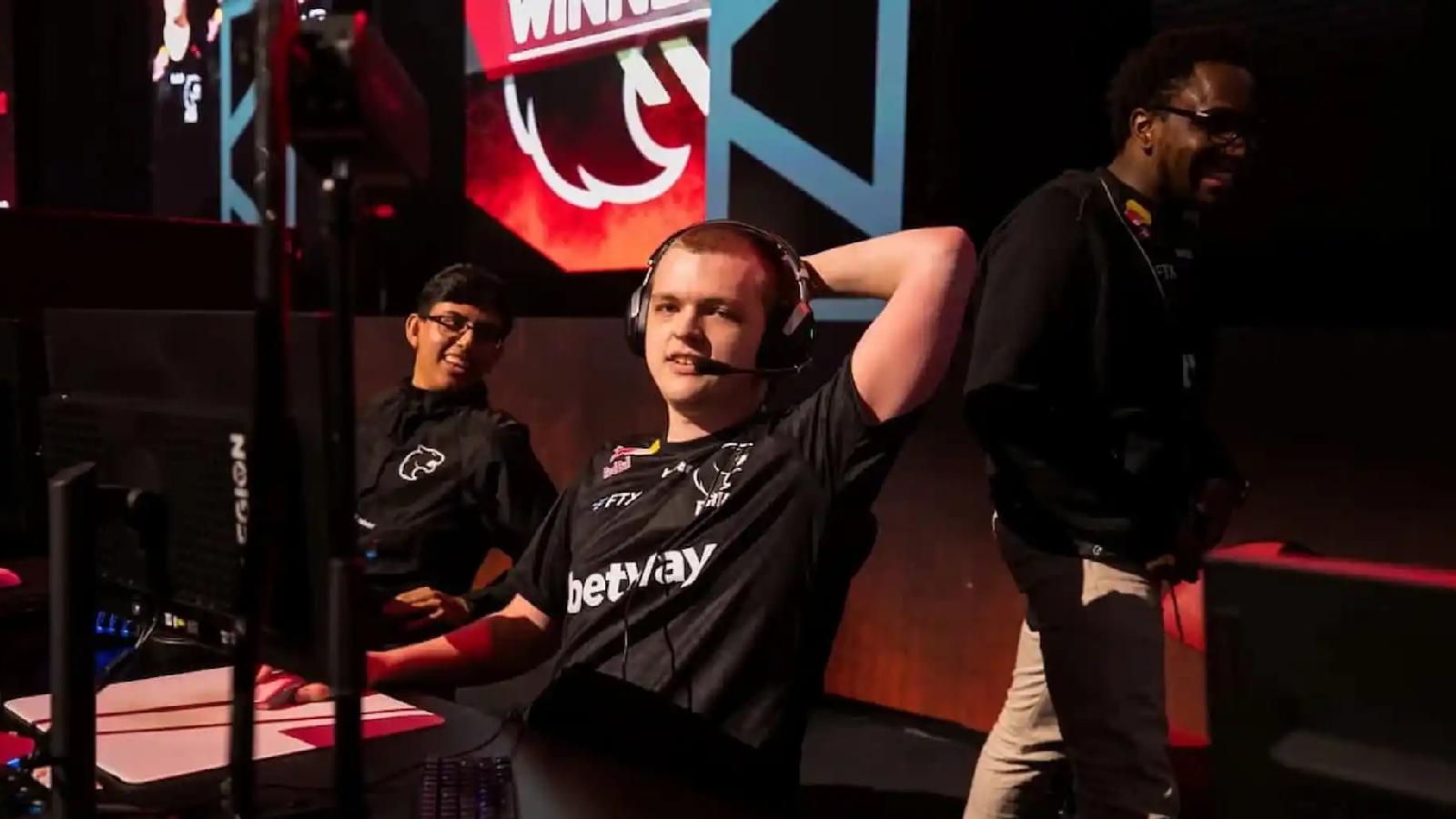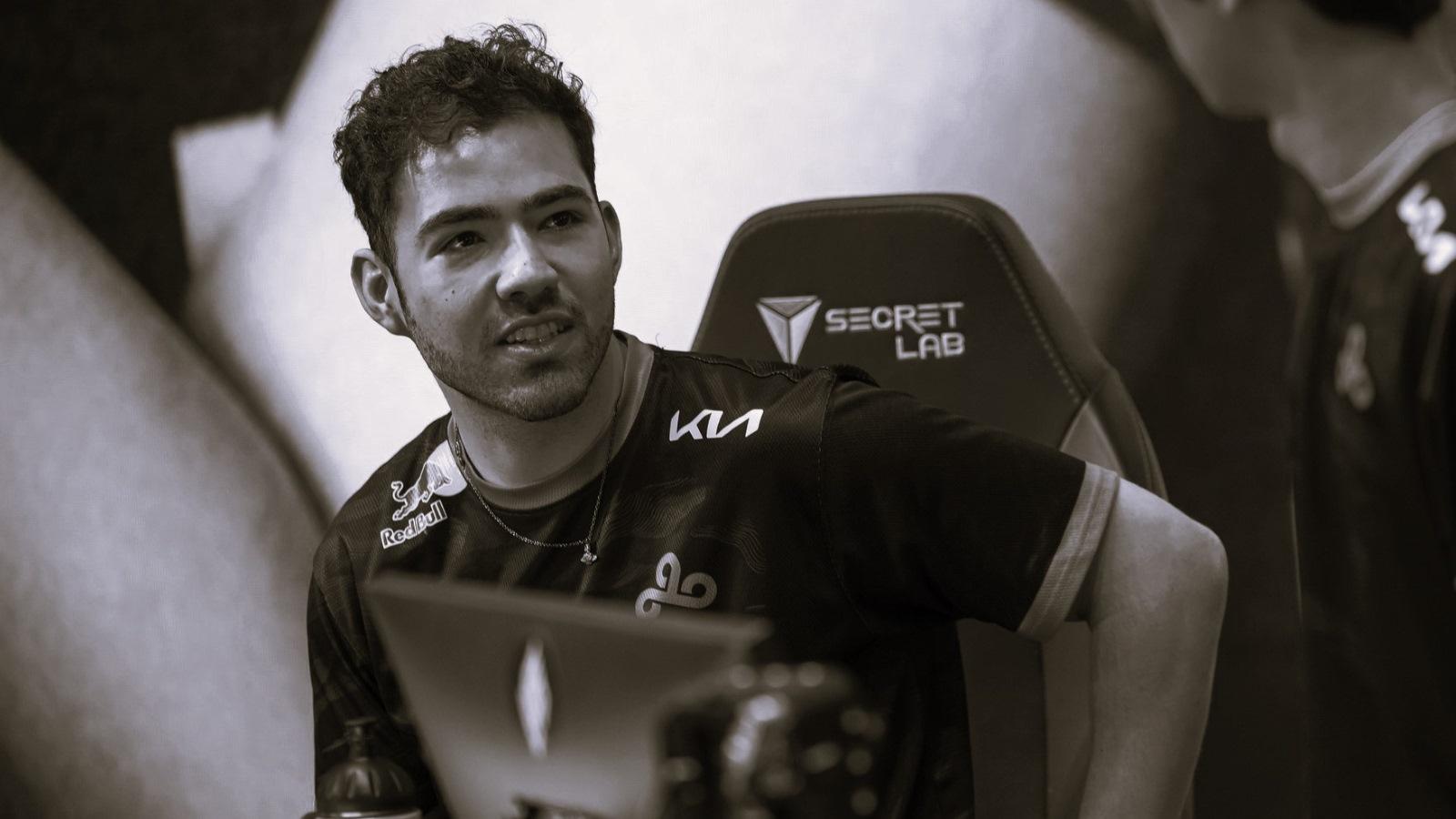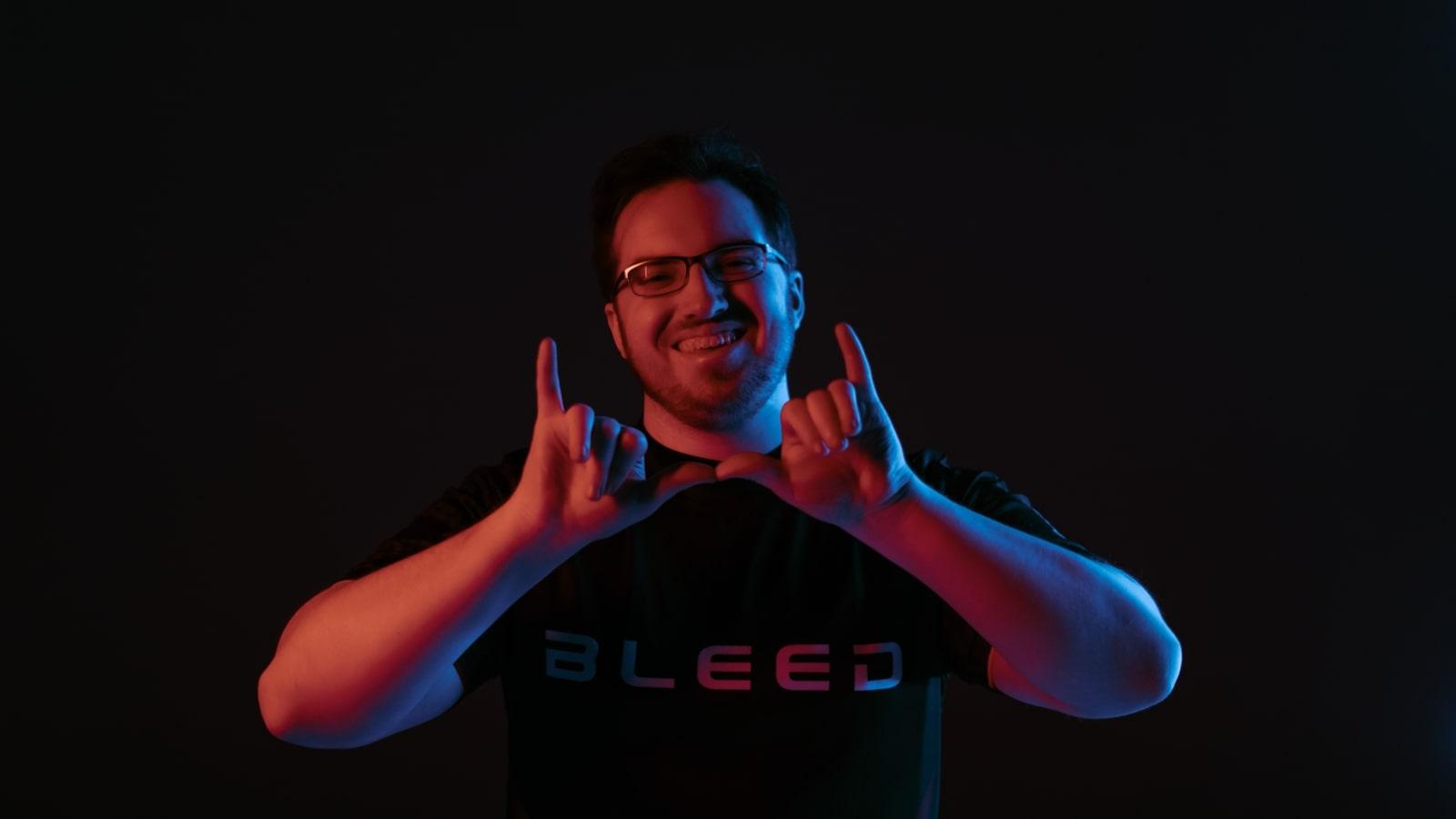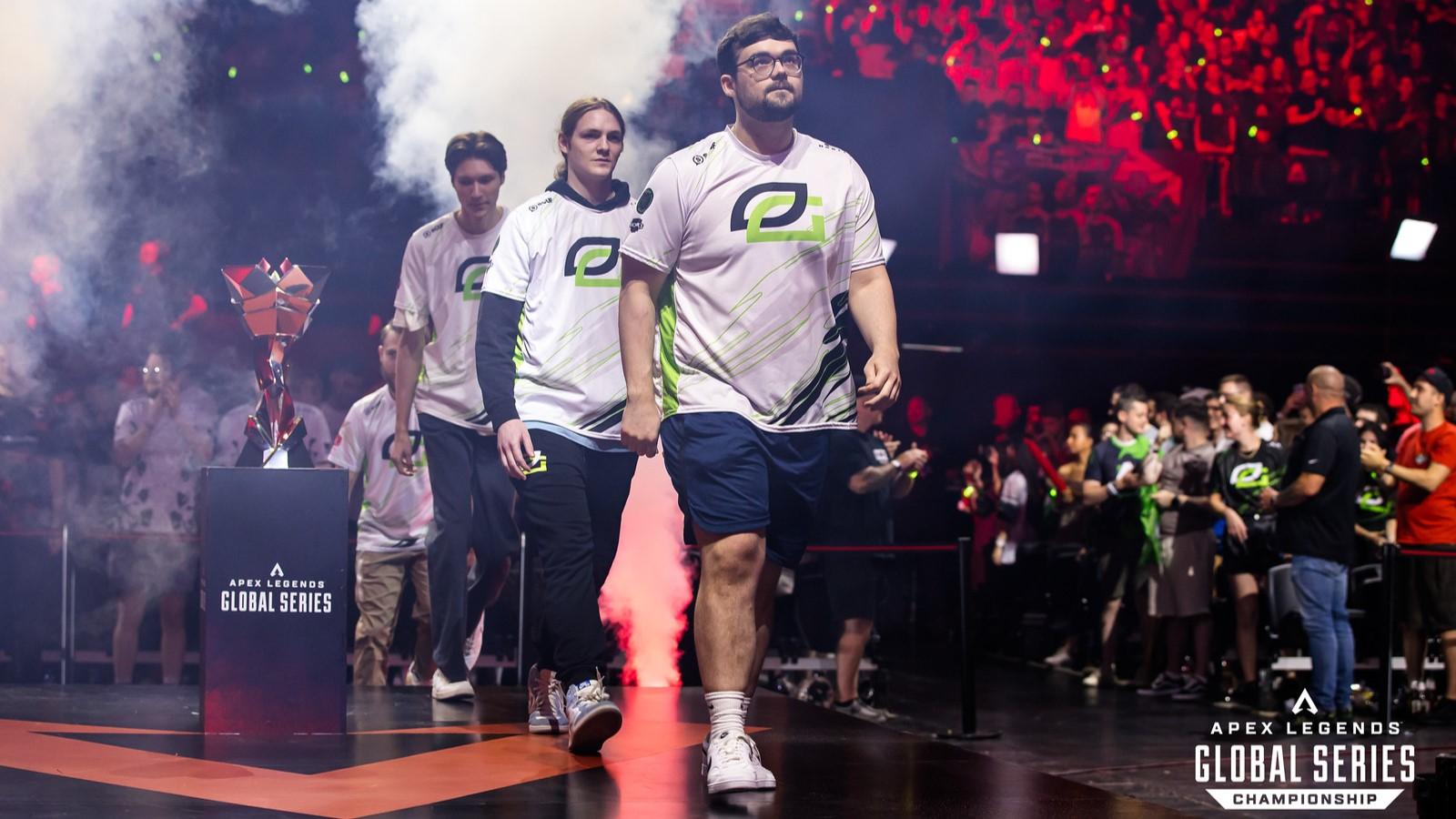Valorant Red Bull Home Ground: The best new esports format?
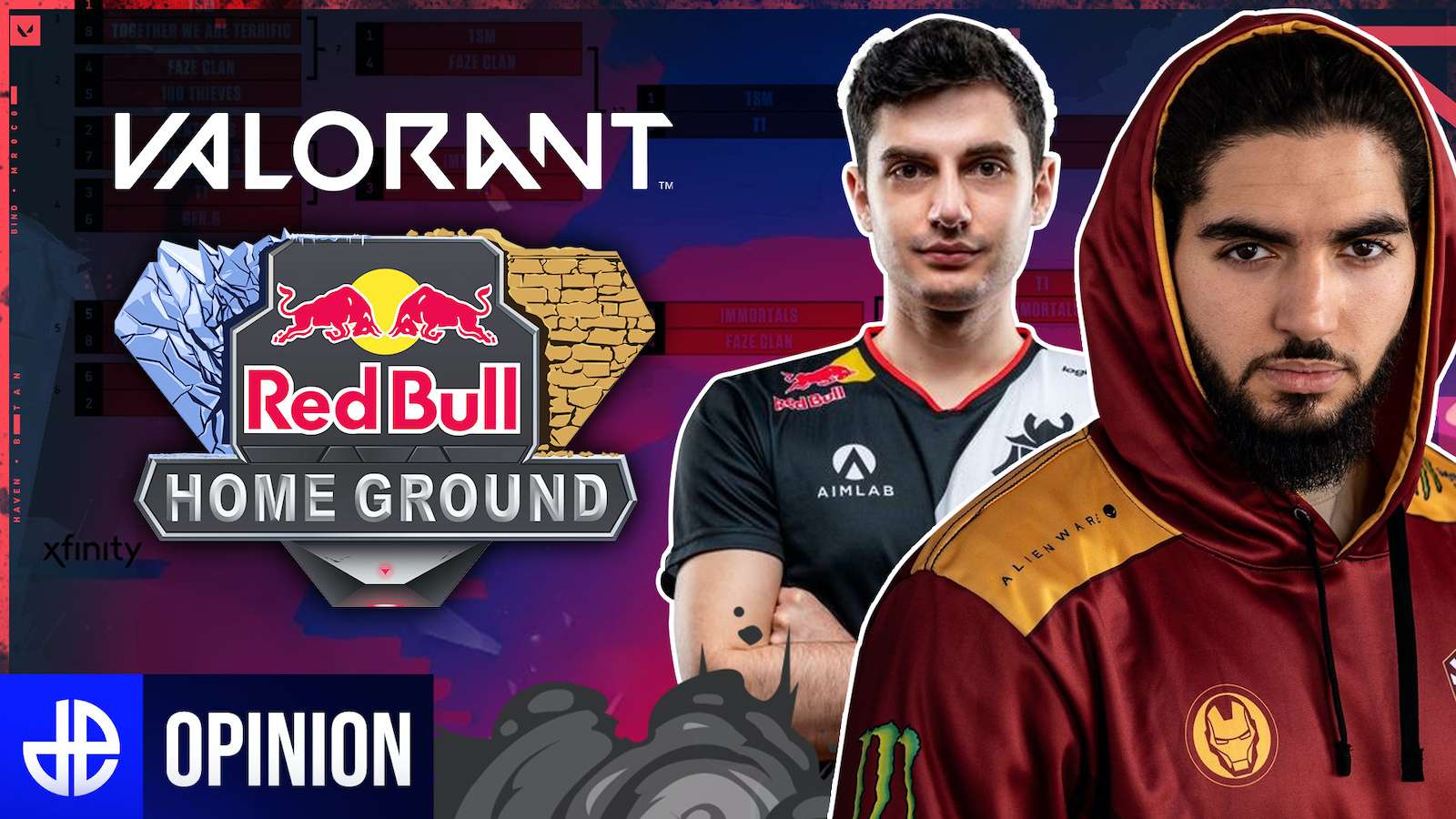 Riot Games, Red Bull, Dexerto
Riot Games, Red Bull, DexertoThe Red Bull Home Ground tournament was Valorant esports’ premier preseason tournament, featuring some of Europe’s biggest teams. One of its most unique aspects was a revolutionary new format. But how well did it work?
The Red Bull Home Ground tournament served as a great way of kicking off the new year for the European Valorant scene. With the Valorant Champions Tour (VCT) just about to get underway, we got a great insight into how teams are shaping up, as G2 Esports came out on top.
While the first major official tournament, First Strike, featured traditional BO3s for the knockout phase and a BO5 Grand Final, Home Ground worked a little bit differently.
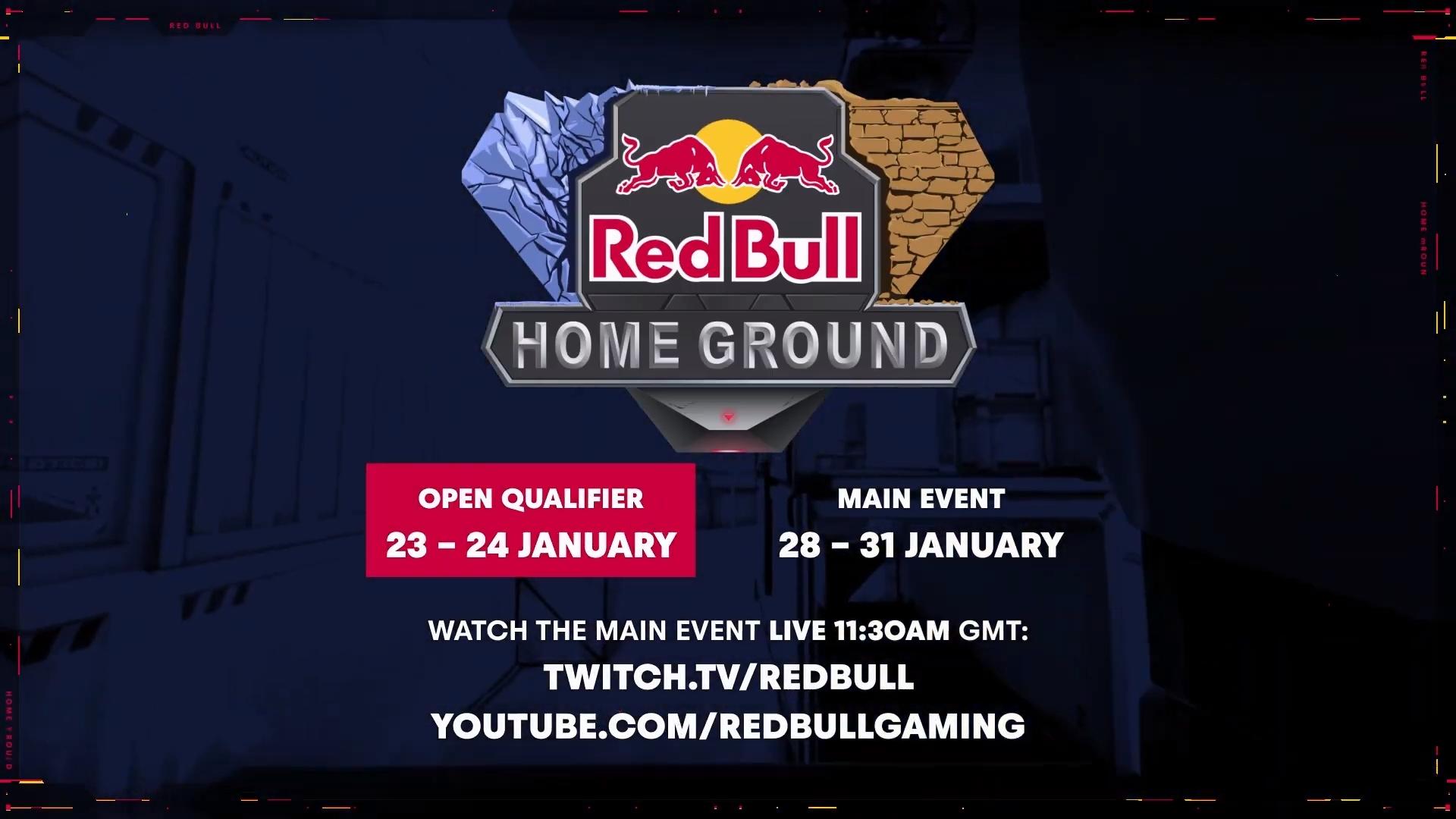
The basic premise was this: each team selected one of Valorant’s five maps which would operate as their “home ground” for the tournament. They would be guaranteed to play this map within their first two games, with the other map being their opponents’ Home Ground.
If a team won both their own and their opponents’ home ground, the series would end at 2-0. If the score was 1-1, it would progress to a traditional BO5.
A way to keep things fresh
In theory, the system would allow teams to hone a particular map, knowing it would definitely come up in their draft. This would technically give the underdogs a better chance of picking up a map win, leading to a longer series and therefore more practice for teams.
Alliance GM and analyst for the event, James ‘BanKs’ Banks, believes the format provides a good amount of variety in series, making it better balanced as a preseason tournament.
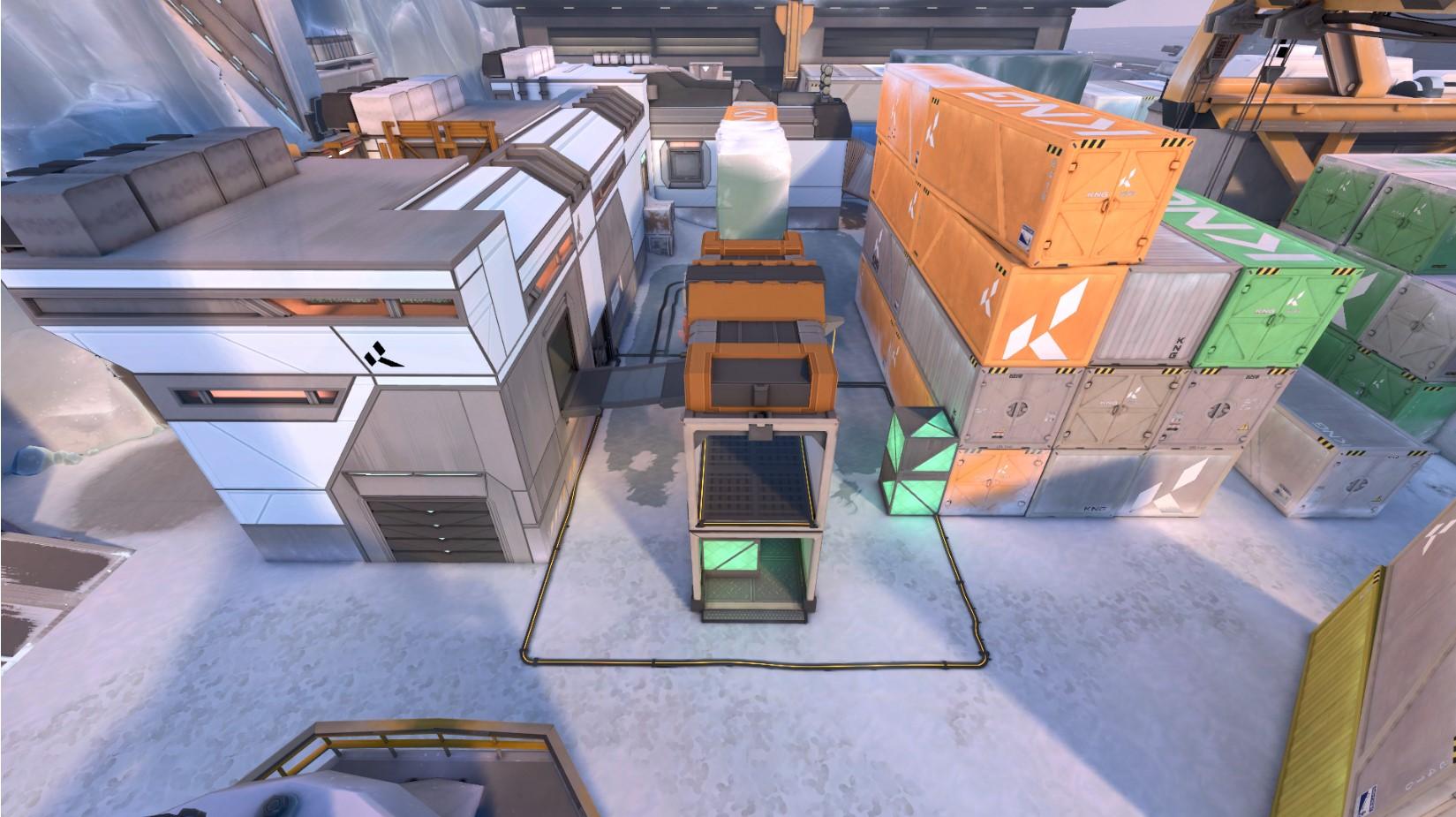 Riot Games
Riot Games“The format for me is a good warm-up mode for the teams, almost like a pre-VCT tournament,” he told Dexerto. “You get what could be a basic BO3 if you straight win 2-0, but if you win one map each you are forced to play a BO5, testing a lot of teams’ stamina and map pool accordingly.
“More teams is the only thing I would add. Just so we could have potentially seen more games, discover the form of teams after the break before going into VCT.
“[While] I don’t think it is needed to spread to more tournaments, I think things like this are great to mix it up and give us a different dynamic.”
It’s important to consider that, if both teams win on their respective home ground, you are guaranteed at least two more maps. This gives teams more practice than a traditional BO3.
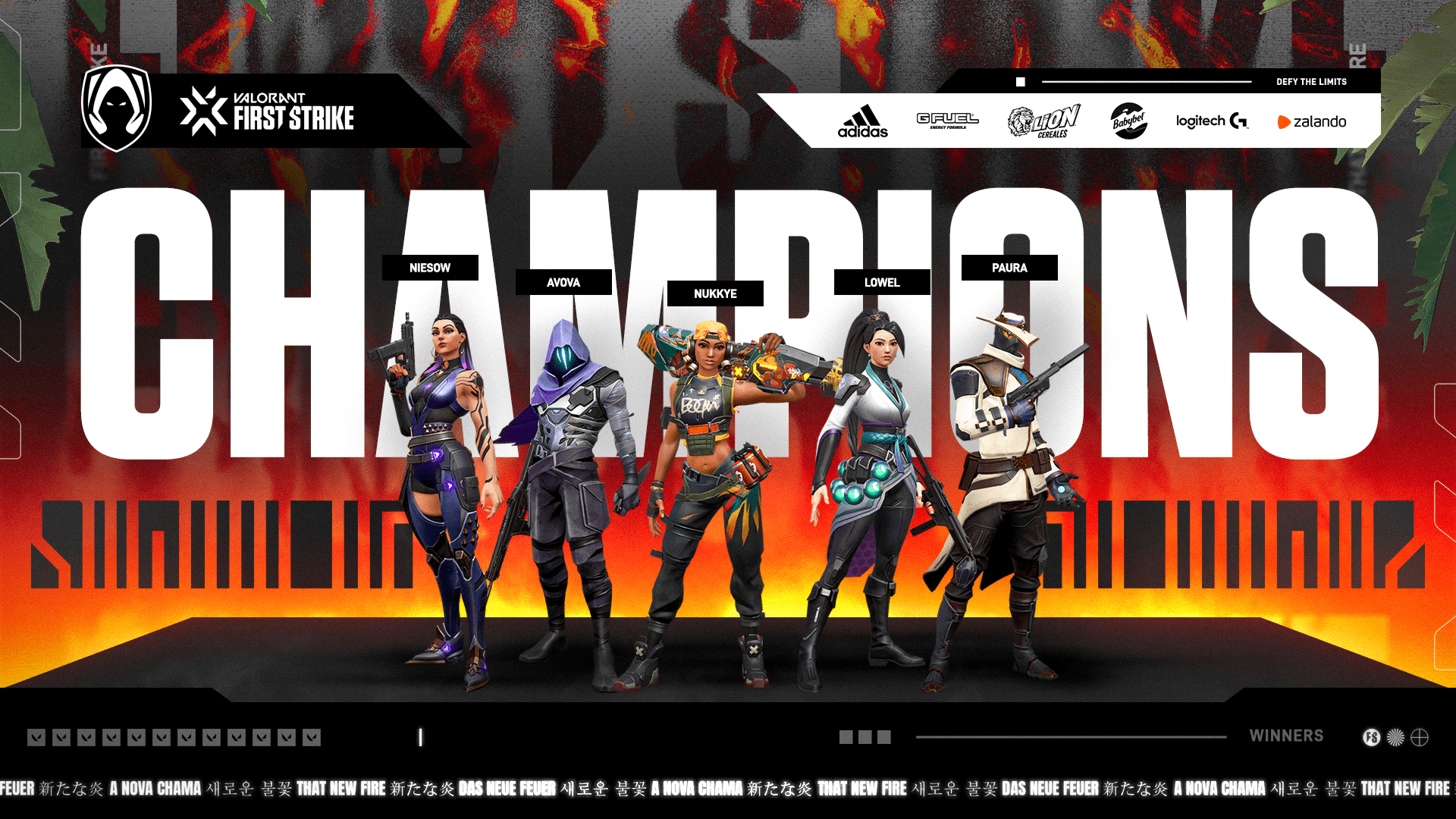 Twitter: Team Heretics
Twitter: Team HereticsBut is the format needlessly complicated?
Team Liquid streamer and Sova aficionado Jonas ‘AverageJonas’ Navarsete believes the format overcomplicates scheduling, and is harder for viewers to understand.
“I understand that it’s a cool and slightly unique concept, but I think it’s a lot harder for the viewer to understand, and makes scheduling the tournament harder too,” he told Dexerto.
“Considering there are five maps and eight teams, I don’t see a problem with playing out the BO5s so there will potentially be less waiting on one side of the bracket.”
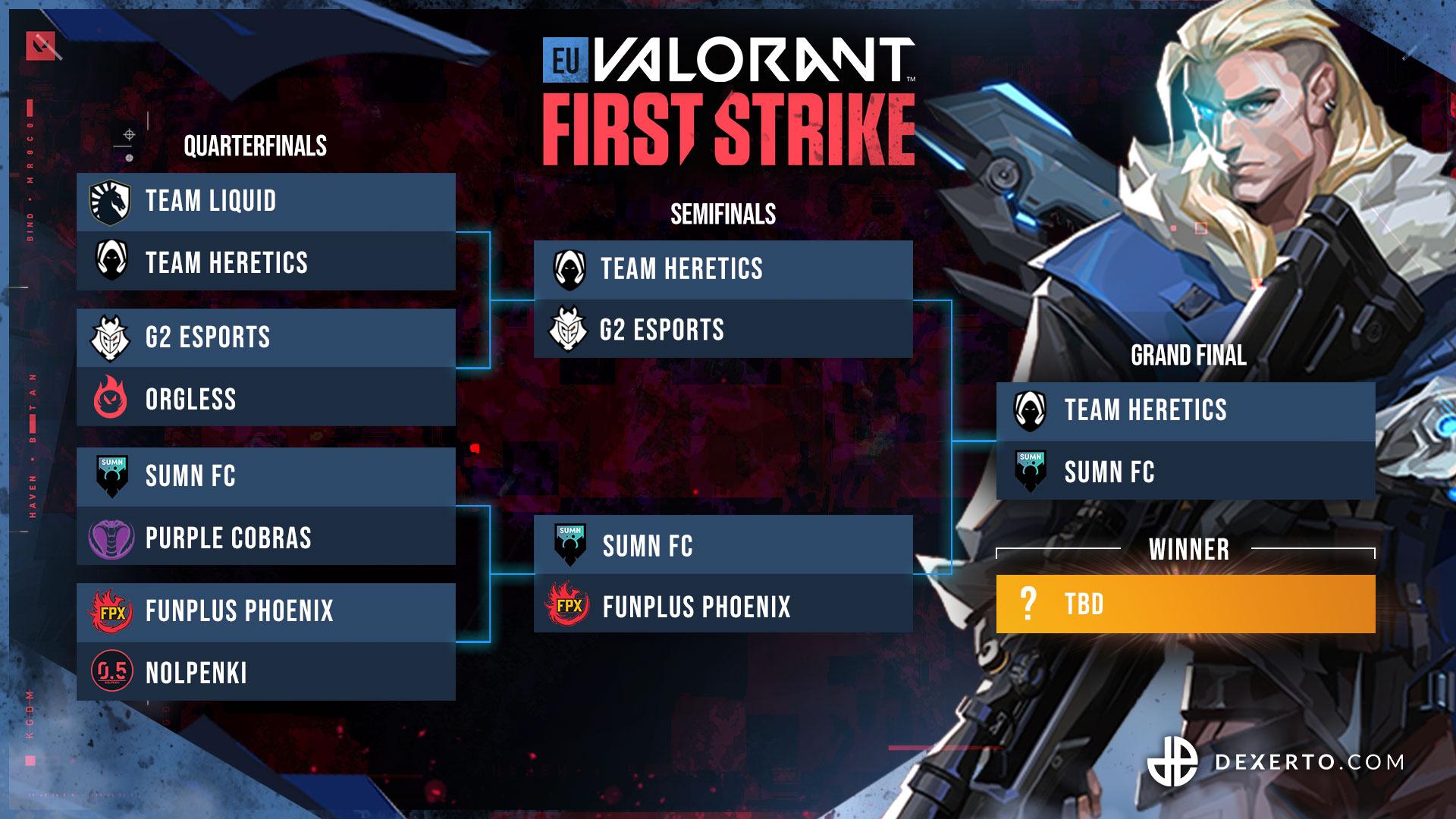 A traditional format, like that of First Strike, allows for more streamlined scheduling.
A traditional format, like that of First Strike, allows for more streamlined scheduling.While we are yet to see one in professional Valorant, the format also removed the possibility of the magical BO5 reverse sweep, where a team loses their first two games but goes on to win the final three.
A look at the numbers
Win-rate on “home grounds” ended up being bang on half. Of the 14 maps played on home grounds, teams won their chosen map seven times. The most curious case was Ninjas in Pyjamas, who managed to lose both their Home games, but beat Futbolist and G2 on their patches.
The format was also impacted by changes being made to Split less than a week before the tournament, meaning teams hadn’t yet had the chance to get used to it.
Team Liquid In-Game Leader Adam ‘ec1s’ Eccles said: “Our home map would have been Split before the changes and I think a lot of teams feel the same.”
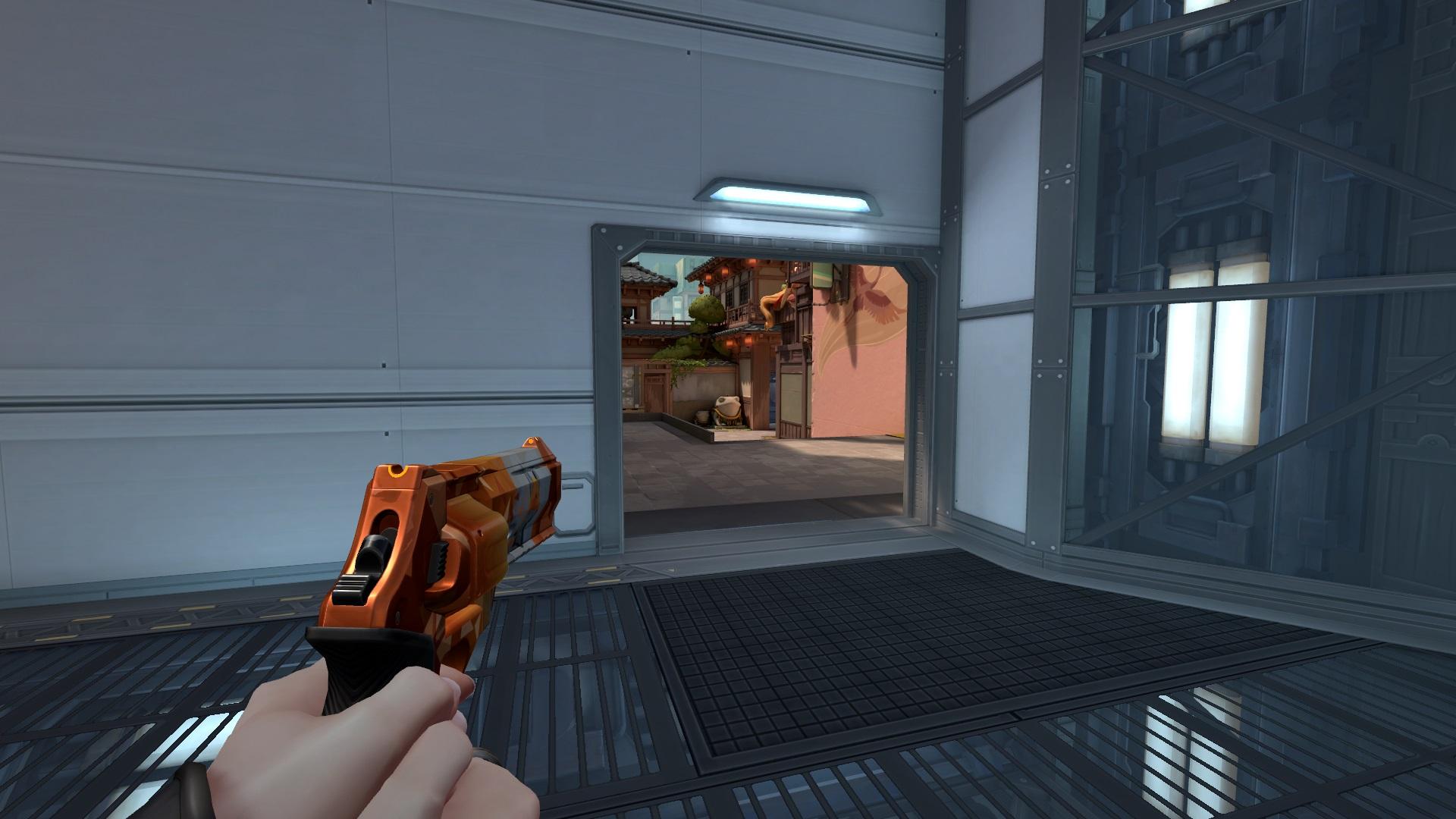 Riot Games
Riot GamesThe win-rate for Home teams on Split was 50%, with G2 dropping a game to NiP and NiP losing to Futbolist. Both teams lost on this map to underdog teams, suggesting the changes made the map a less secure pick than it may have been otherwise.
- Read More: Alliance announce full Valorant roster
Ec1s also believes the majority of teams don’t yet have a signature map. “Obviously G2 have that really strong record on Ascent, but when we discussed our strongest map we got four different answers,” he added.
How could Red Bull make it better?
While the format itself had a very obvious impact on the scoreboards, it feels like there’s room for improvement in thematic impact during the games. We’d suggest adding team-related decor to their home ground maps.
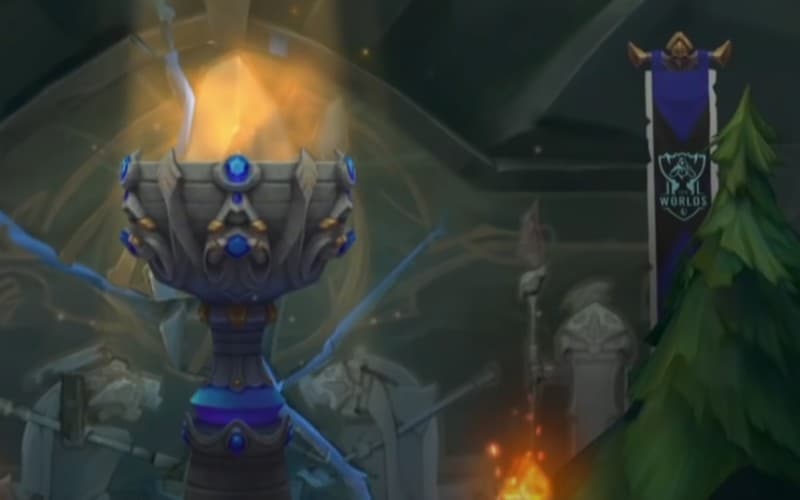 Riot Games
Riot GamesIn official Riot LoL tournaments, you’ll see banners representing each team in its base, which adds a feeling of ownership to certain parts of the map.
While the final was fortunately a five-game banger, with map one being so close there was a risk of the series ending at 2-0. Given how spectacular the finals are supposed to be, it would have been underwhelming to have only seen two games, especially with Liquid coming off a five-game series with SUMN FC in the semis.
Tweaking the format for the final in some way, perhaps by guaranteeing a team game three map selection if they go 2-0 up, could preserve the impact of the home ground theme, while ensuring the BO5 ends up feeling more complete.
So, did it work?
In short, yes. The format didn’t change the fact that many incredible moments happened in this tournament, from Mixwell’s slick ninja defuse to ScreaM’s unreal Jett ace in the finals.
Holy 🤯@ScreaM_ coming in HUGE as Liquid take Icebox!
Split up next: https://t.co/s2gumSPVeN pic.twitter.com/QWNX7XqnFH
— Valorant News (@ValorantUpdates) January 31, 2021
It was also something a bit different. Valorant has provided esports with a chance to rewrite the rules a bit and try new things.
While this isn’t a revolutionary format by any means, it added a cool theme to the tournament and afforded teams an opportunity to experiment.
When it comes to official Riot tournaments like the VCT, which will be more organically hyped up, traditional formats will probably work best. Adding a unique twist to this smaller tournament did add some spice, though, and we hope to see something like it again.
